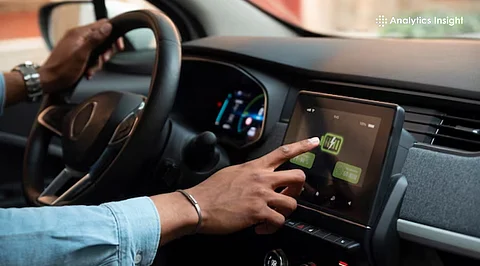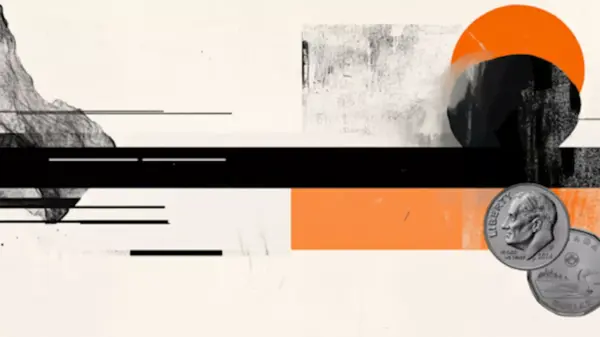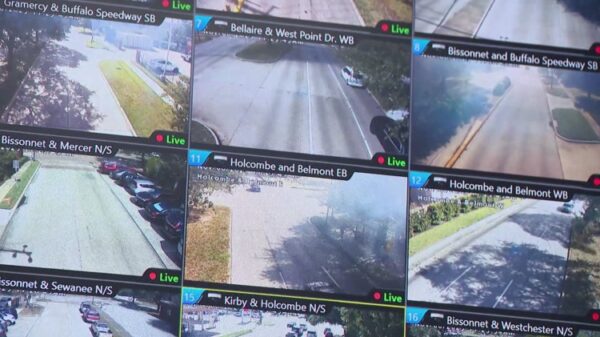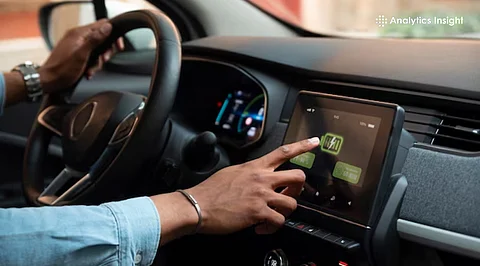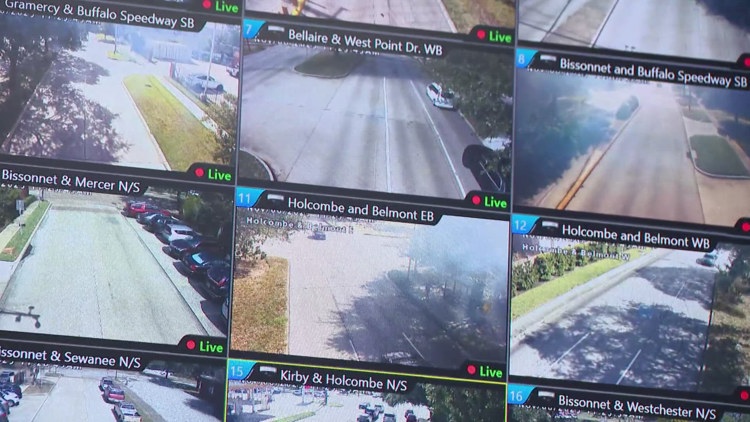In West University Place, Texas, a virtual gate system implemented five years ago has become a crucial tool in crime prevention and investigation. The system, designed to operate discreetly, employs a network of 54 live-feed cameras and over 135 automated license plate readers strategically positioned at key access points around the community. This technology scans approximately 250,000 license plates each day, comparing the data against state and national databases that track stolen vehicles, wanted persons, and other law enforcement alerts.
West University Place Police Chief Gary Ratcliff emphasized the system’s significance in enhancing public safety. “As technology gets better with law enforcement, this is one of those that has been instrumental in just about every criminal case that we get,” he noted. The virtual gate boasts a remarkable 97.2% accuracy rate, generating around five alerts each day. These alerts have proven invaluable for officers, assisting in recovering stolen vehicles, locating missing individuals, and expediting criminal investigations.
Real-Time Monitoring and Long-Term Benefits
The effectiveness of the virtual gate extends beyond immediate alerts. The system maintains a searchable database that provides investigators with tools to analyze patterns and build comprehensive cases. This capability enables law enforcement to identify trends in criminal activity, contributing to more effective policing strategies.
For residents of West University Place, the virtual gate acts as an unseen protector, operating continuously to ensure community safety. Chief Ratcliff described it as a “silent guardian” that consistently works to deter potential criminal activity. He warned, “This is the last place you’d want to show up, because you’re going to get caught. It may not be the immediate time that you’re acting on the crime, but you’re going to get caught.”
The integration of advanced technology in community policing represents a proactive approach to public safety. The virtual gate system not only enhances law enforcement’s ability to respond to incidents but also fosters a sense of security among residents. As communities increasingly adopt similar technologies, West University Place serves as a case study in how innovation can play a pivotal role in crime prevention and resolution.
Overall, the virtual gate system exemplifies how modern technology can contribute to safer neighborhoods and more effective law enforcement practices. The ongoing success of this initiative highlights the importance of adapting to technological advancements in the quest for community safety.



















